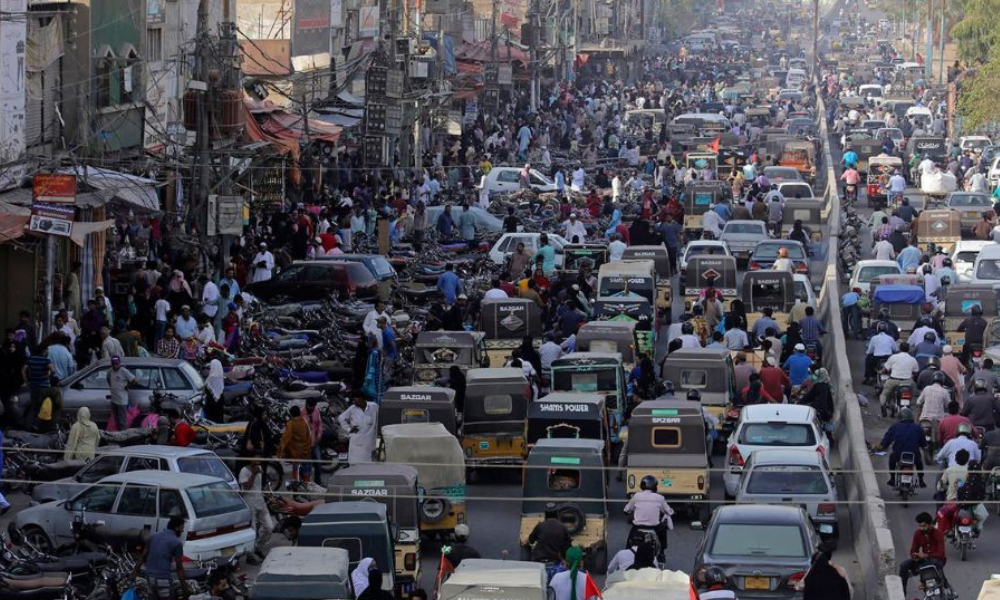The population of Pakistan has hit 241.49 million with a growth rate of 2.55 percent according to the results of the recent digital census approved by the Council of Common Interests (CCI).
The recent CCI gathering, where chief ministers from all provinces convened, endorsed the outcomes during a session led by Prime Minister Shehbaz Sharif on a Saturday.
As detailed by the Pakistan Bureau of Statistics (PBS), the census breakdown reveals that Punjab’s populace amounts to 127.68 million, while Sindh follows with a population of 55.69 million.
Khyber Pakhtunkhwa (KP) is home to 40.85 million residents, and Balochistan’s population stands at 14.89 million. The capital city, Islamabad, registers a population of 2.36 million according to the latest census.
Based on PBS figures, the nation’s population was documented at 132.35 million in the 1998 census. In 2017, this figure escalated to 207.68 million. The growth rate, which was 2.69 in 1998, gradually declined to 2.40 by 2017, but the most recent census indicates a rise to 2.55.
Statistics indicate that 61.18 percent of Pakistan’s populace resides in rural areas, while 38.82 percent live in urban regions.
In KP, a significant 84.99 percent of the population resides in rural locales. In Balochistan, 69.04 percent of the province’s inhabitants call rural areas home. Punjab shows that 59.30 percent of its residents live in rural settings, while the proportion is 46.27 percent in Sindh. As for Islamabad, 53.10 percent of its population is settled in rural regions.
For latest news, Follow us on Google News.
